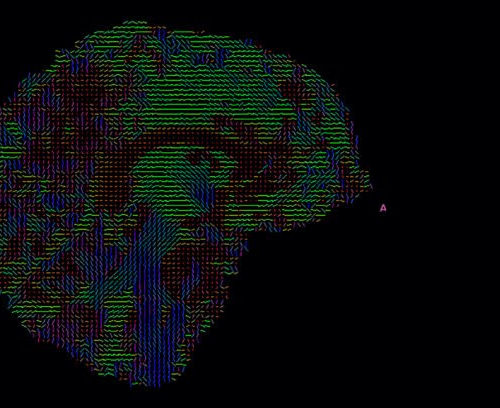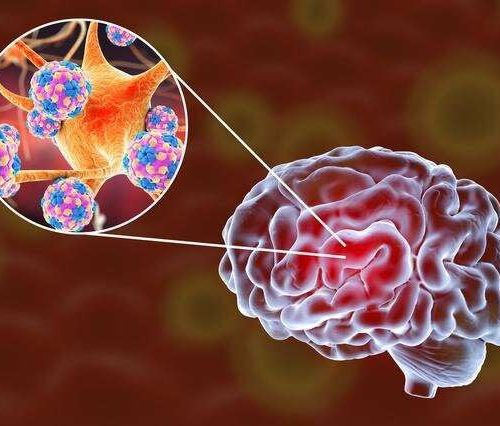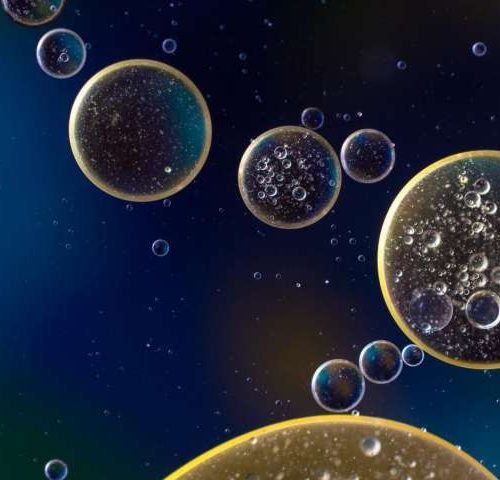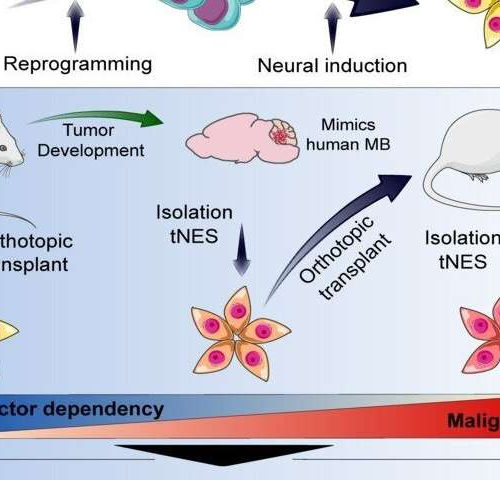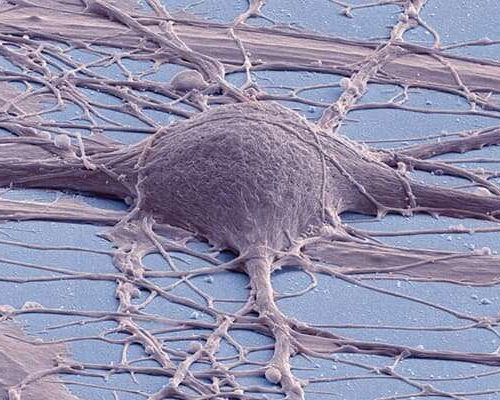by Eric Hamilton, University of Wisconsin-Madison The mature brain is infamously bad at repairing itself following damage like that caused by trauma or strokes, or from degenerative diseases like Parkinson’s. Stem cells, which are endlessly adaptable, have offered the promise of better neural repair. But the brain’s precisely tuned complexity has stymied the development of clinical...
Tag: <span>Stem Cells</span>
Preserving Brain Tissue with Stem Cells
UT Health physicians use supercomputers to interpret results of traumatic brain injury clinical trial. Individuals with traumatic brain injuries, or TBIs, frequently experience the shrinking or atrophying of brain tissue near where the injury occurred, causing additional damage beyond the original harm. If this can be prevented, many could function in the future who cannot...
Stem cells engineered to evade immune system hold promise for ‘off-the-shelf’ grafts
Durham, NC – Human pluripotent stem cells (hPSCs) hold promise in the field of regenerative medicine for how they give rise to every other cell type in the body and for their ability to propagate indefinitely. Their potential, however, is hampered by the body’s tendency to reject any “allogeneic” cells or tissue, which means that...
Coaxing single stem cells into specialized cells
UNIVERSITY OF ILLINOIS AT CHICAGO SINGLE CELLS ENCAPSULATED IN HYDROGEL WITH VARIED DEPOSITION USING A NEW TECHNIQUE DEVELOPED AT UIC. Researchers at the University of Illinois Chicago have developed a unique method for precisely controlling the deposition of hydrogel, which is made of water-soluble polymers commonly used to support cells in experiments or for therapeutic...
Scientists prove SARS-CoV-2 potential to infect human brain organoids
by Li Yuan, Chinese Academy of Sciences SARS-CoV-2 can infect human neural progenitor cells and brain organoids, as shown by researchers from the Shenzhen Institutes of Advanced Technology (SIAT) of the Chinese Academy of Sciences and their collaborators from The University of Hong Kong (HKU). Their study was published in Cell Research on August 4....
Breakthrough in using stem cells to treat enteric nervous system disorders
by University of Sheffield Scientists have made a breakthrough in understanding how the enteric nervous system forms, which could pave the way for new treatments for neurodegenerative diseases such as Parkinson’s. The findings, published in the journal Stem Cell Reports, pave the way for using stem cells to understand and treat a range of diseases...
The hair-raising reason for goosebumps
Researchers have discovered that the cells that cause goosebumps are also important for regulating the stem cells that regenerate hair. In the skin, the muscle that contracts to create goosebumps is necessary to bridge the sympathetic nerve’s connection to hair follicle stem cells. The sympathetic nerve reacts to cold by contracting the muscle and causing...
Failed Alzheimer’s drugs given new life after human gene discovery
By Rich Haridy August 19, 2020 A new study is questioning whether potential Alzheimer’s treatments previously found to be ineffective in human trials should be re-examined, after the discovery of a specific gene that can inhibit a therapy’s efficacy is only present in 75 percent of people. The long-standing cholinergic hypothesis for Alzheimer’s disease suggests...
New stem cell model to study how cancer arises
by Tabea Kemna, Karolinska Institutet In an interdisciplinary study combining stem cell biology and tumor biology, researchers from Karolinska Institutet (as well as Uppsala and Lund University, together with researchers in Canada, Germany and France), have succeeded in creating a new type of stem cell model for studies on cancer of the brain. The study...
Implanted neural stem cell grafts show functionality in spinal cord injuries
by University of California – San Diego Colorized scanning electron micrograph of a cultured human neuron. Credit: Thomas Deerinck, UC San Diego National Center for Microscopy and Imaging Using stem cells to restore lost functions due to spinal cord injury (SCI) has long been an ambition of scientists and doctors. Nearly 18,000 people in the...

